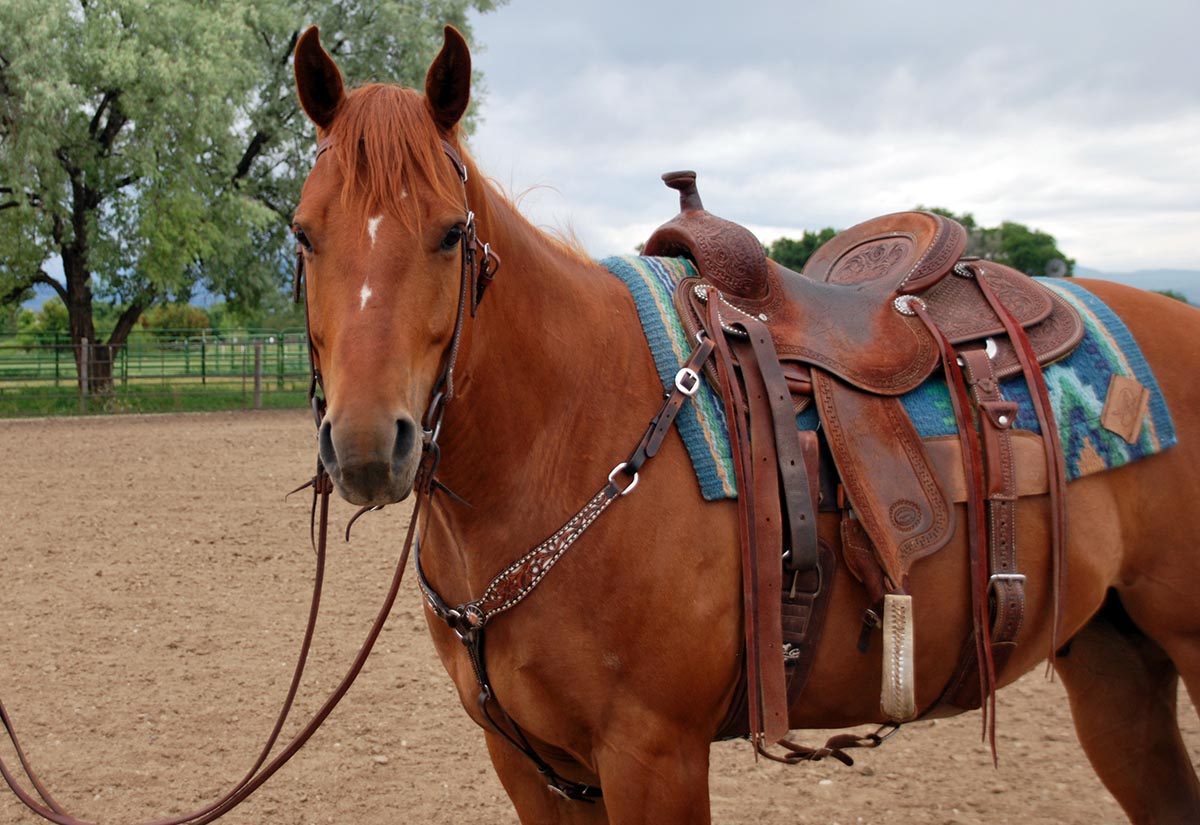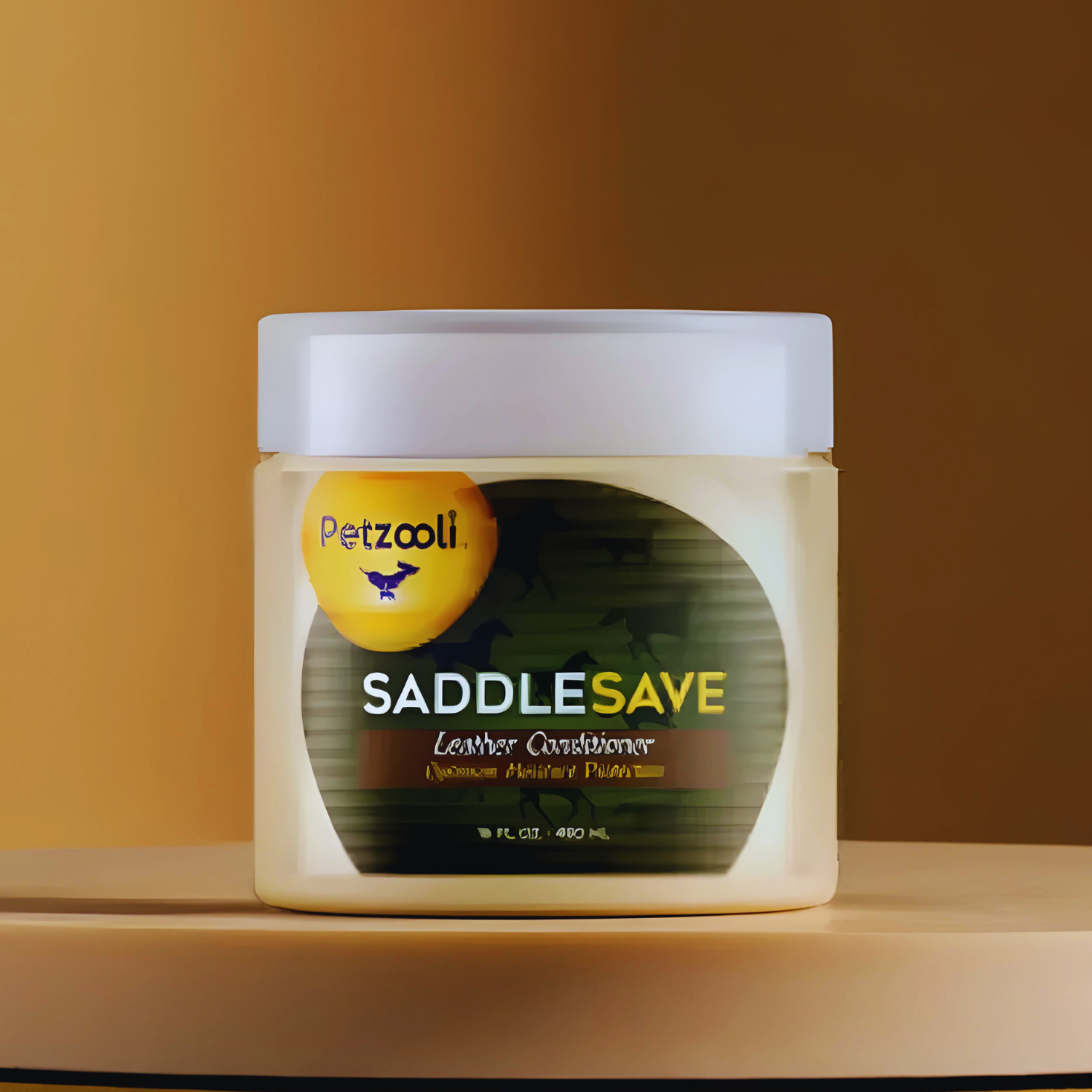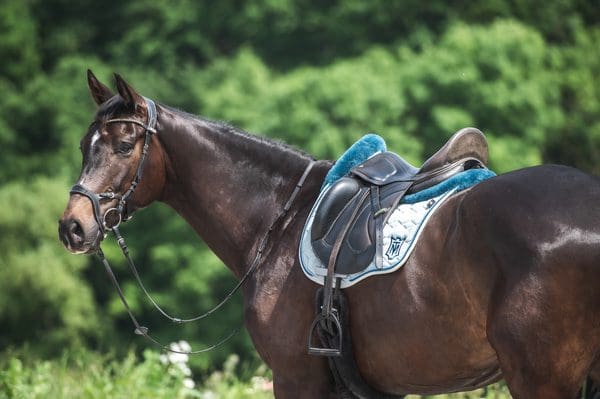For those new to the world of horseback riding, you might be wondering, ‘What is horse tack?’ This vital question brings us to explore the world of equestrian equipment. Understanding horse tack is crucial for any equestrian, be it a beginner or a seasoned rider. In this comprehensive guide, we break down everything you need to know about horse tack. Tack refers to all the equipment and accessories used for riding, driving, and equestrian activities. Knowing the various components, how to use them correctly, and their maintenance can significantly impact your riding experience and your horse’s comfort.

What Constitutes Horse Tack?
Horse tack is essential for anyone involved in horseback riding or driving. It comprises a range of equipment and gear that helps riders control and communicate with their horses.
1. Saddles
Saddles are one of the most important pieces of horse tack. They provide a seat for the rider and a means of attaching other necessary equipment. There are various types of saddles, including English, Western, and Australian saddles. Each type is designed for specific activities and riding styles.
2. Bridles and Bits
The bridle is used to control the horse’s head, while the bit (placed in the horse’s mouth) helps the rider communicate commands. There are many types of bridles and bits to suit different disciplines and horse temperaments.
3. Halters and Leads
A halter is used for leading and tying the horse when not under saddle. Leads are ropes attached to the halter to allow the handler to guide the horse on the ground.
4. Girths and Cinches
Girths (for English saddles) and cinches (for Western saddles) are straps that secure the saddle to the horse. They must be properly adjusted to ensure the saddle remains stable while riding.
5. Saddle Pads and Blankets
Saddle pads and blankets provide cushioning between the saddle and the horse’s back. They help distribute pressure evenly and prevent sores from developing. Regular maintenance is crucial for their longevity. Learn more about washing saddle pads and their care.
6. Stirrup Irons and Leathers
Stirrup irons are the metal parts where the rider places their feet. Stirrup leathers are the straps that attach the irons to the saddle. Together, they provide support and balance for the rider.
7. Breastplates and Martingales
Breastplates help keep the saddle in place, especially during vigorous activity. Martingales are used to prevent the horse from raising its head too high and provides additional control.
8. Horse Boots and Wraps
Horse boots and wraps protect the horse’s legs from injuries. They are particularly useful during high-intensity activities like jumping or racing.
9. Lunge Lines and Whips
Lunge lines are long ropes used to exercise horses from the ground. Whips are used as an aid in training and communication.
10. Tack Storage and Maintenance
Proper storage and maintenance of your horse tack are essential for its longevity. Regular cleaning and checks ensure that your equipment remains in good working condition. For more on tack care, refer to this informative guide.

The History and Evolution of Horse Tack
The use of horse tack dates back thousands of years. Ancient civilizations made various advancements in tack to improve comfort and control. Over the centuries, the design and functionality of tack have evolved, leading to the sophisticated equipment we use today.

Matter of Safety: Choosing the Right Tack
Choosing the right horse tack is not just about functionality but also safety. Ill-fitting or poor-quality equipment can cause discomfort and injuries to both the horse and rider.
Proper Fit
Ensuring your tack fits properly is crucial. For instance, a poorly fitted saddle can cause pressure points and sore backs. A bridle that is too tight can result in discomfort and resistance from the horse.
Quality Material
High-quality materials are essential for durability and comfort. Investing in good leather or synthetic alternatives can make a significant difference in your riding experience.
Different Types of Saddles
Various types of saddles are designed for specific disciplines. Here are some common types of saddles you might encounter:
English Saddles
English saddles are used in different equestrian sports like dressage, show jumping, and eventing. They are known for their light and minimalist design.
Western Saddles
Western saddles are heavier and have a horn at the front. They are commonly used in activities like Western pleasure, rodeo, and trail riding.
Australian Saddles
Australian saddles combine elements of both English and Western saddles. They are designed for comfort during long rides and are popular for endurance riding.
The Importance of Bridles and Bits
The choice of bridle and bit plays a significant role in communication between the rider and the horse. There are numerous styles to accommodate different riding disciplines and horse temperaments.
Types of Bridles
Some common types of bridles include snaffle bridles, double bridles, and hackamores. Each type offers different levels of control and communication.
Choosing the Right Bit
The bit must be comfortable for the horse and suitable for the level of training. Common types include snaffle bits, curb bits, and pelhams.
How to Store and Maintain Your Horse Tack
Proper storage and maintenance can significantly extend the life of your horse tack. Regular cleaning prevents wear and tear and ensures safety for both horse and rider.
Cleaning Your Tack
Cleaning involves removing dirt and sweat from the tack. Leather tack should be cleaned with appropriate soap and conditioned regularly.
Storing Your Tack
Store your tack in a cool, dry place, preferably in a tack room equipped with hooks and racks. This helps in maintaining the shape and integrity of the equipment.
How to Choose the Right Saddle Pad
Saddle pads come in various materials and designs. Choosing the right one depends on factors like the type of saddle, the nature of the activity, and the horse’s needs. To understand the longevity and care of a saddle pad, check this guide on saddle pads.
Girths vs. Cinches: What’s the Difference?
Girths and cinches serve the same function of securing the saddle but are used with different types of saddles. Girths are used with English saddles, while cinches are used with Western saddles.
Benefits of Using Breastplates and Martingales
Breastplates ensure that the saddle stays in place during vigorous activities. Martingales help in controlling the horse’s head movement, providing additional safety and control.
Protective Gear: Horse Boots and Wraps
Using horse boots and wraps during high-intensity activities can prevent injuries. Different types of boots and wraps are tailored to specific activities like jumping and racing.
Using Lunge Lines and Whips
Lunge lines and whips are tools for training and communication. They must be used correctly to ensure effectiveness and safety.
Troubleshooting Common Tack Issues
Common issues with horse tack include wear and tear, improper fit, and material degradation. Regular checks can prevent these problems.
Identifying Wear and Tear
Regularly inspect your tack for signs of wear. Replace parts that show significant wear to prevent accidents.
Ensuring Proper Fit
Always check the fit of your tack before riding. Adjustments might be necessary as the horse gains or loses weight or muscle.
Future Trends in Horse Tack Technology
Advancements in technology are bringing innovative changes to horse tack. From synthetic materials to smart tack, the future holds many exciting possibilities for the equestrian world.
Innovative Materials
New materials offer durability and comfort, making riding safer and more enjoyable. Synthetic alternatives to leather are gaining popularity for their ease of maintenance.
Smart Tack
Technology like smart saddles and bridles offer enhanced communication and monitoring, providing valuable data for training and health monitoring.
FAQ Section
What is horse tack?
Horse tack refers to all the equipment used for riding, driving, and working with horses. It includes saddles, bridles, bits, halters, and more.
How often should I clean my horse tack?
Regular maintenance is essential for the longevity of horse tack. Depending on usage, you should clean it every few weeks. For more details on cleaning specific equipment, refer to this guide on cleaning tack.
What type of saddle should I use?
The choice of saddle depends on the riding discipline and activity. English saddles are used for sports like dressage, while Western saddles are popular for trail riding and rodeos.
As an Amazon Associate, I earn from qualifying purchases.
